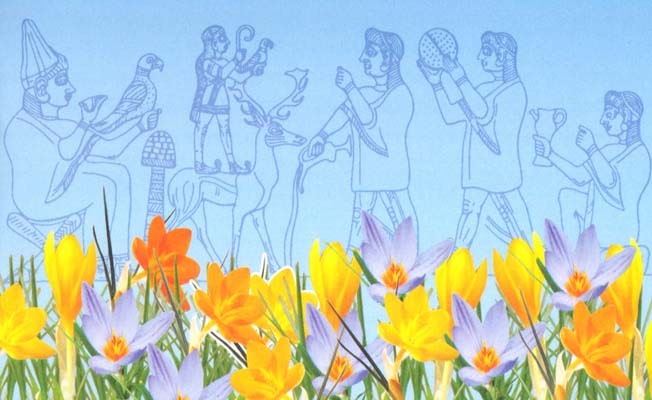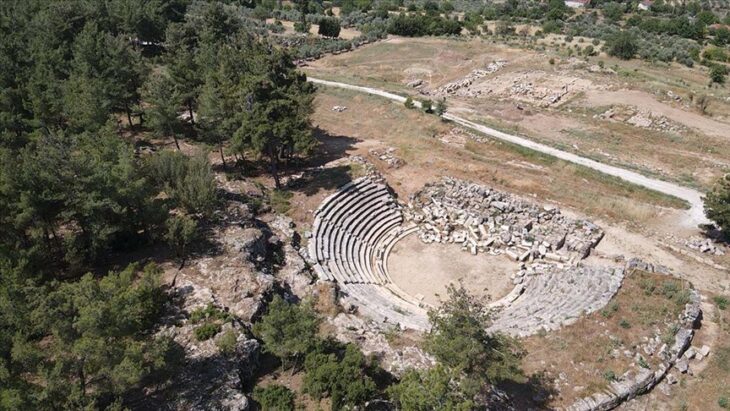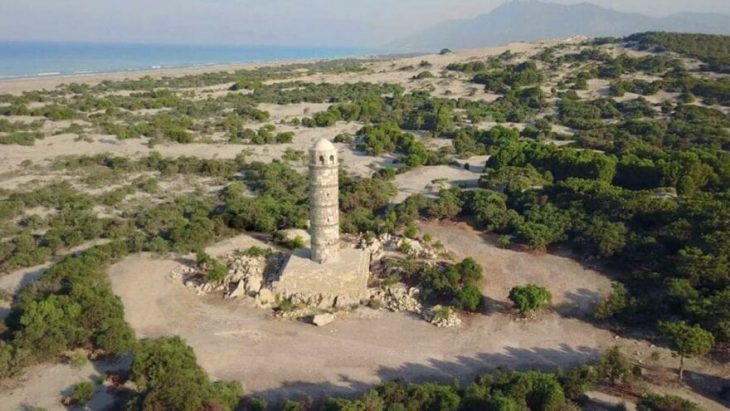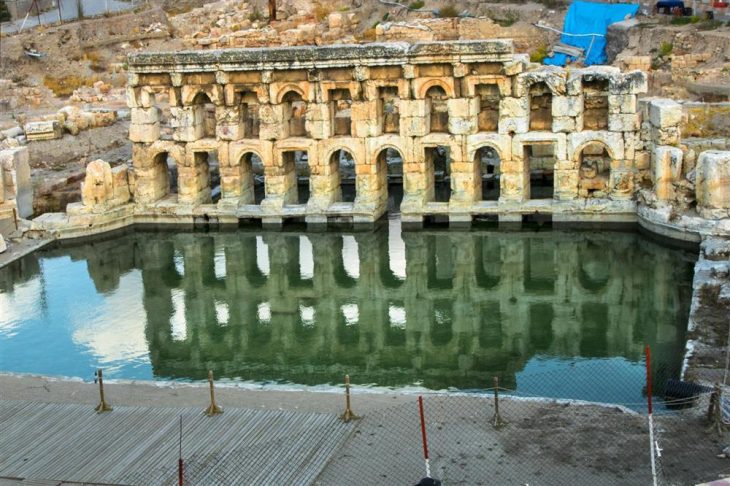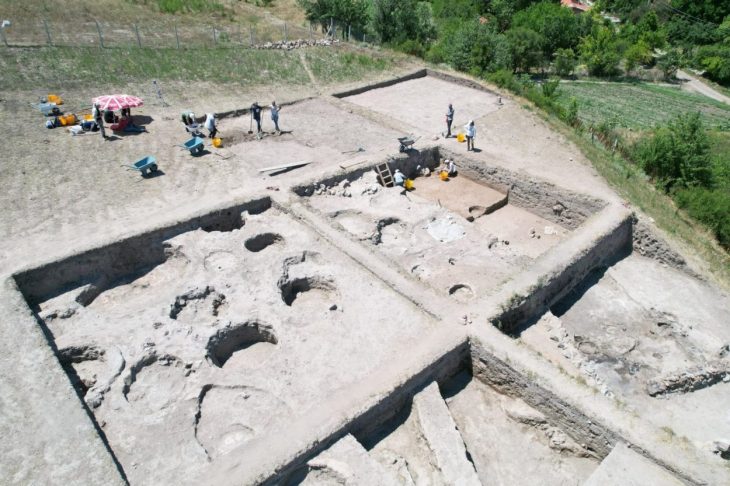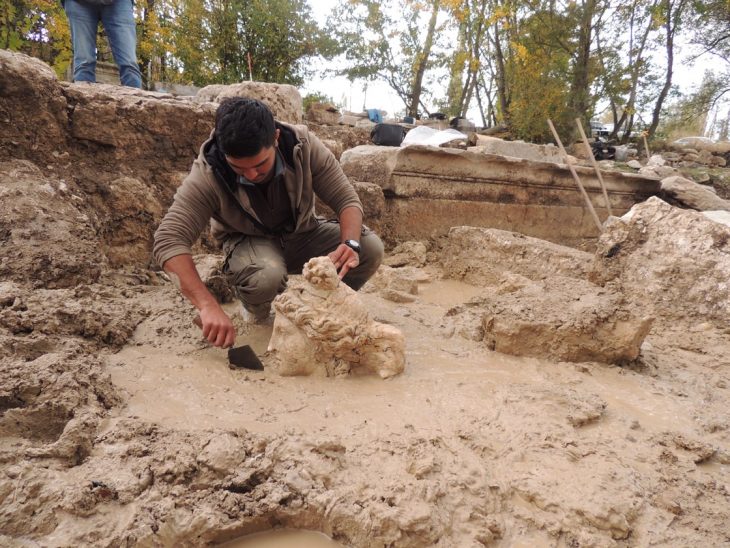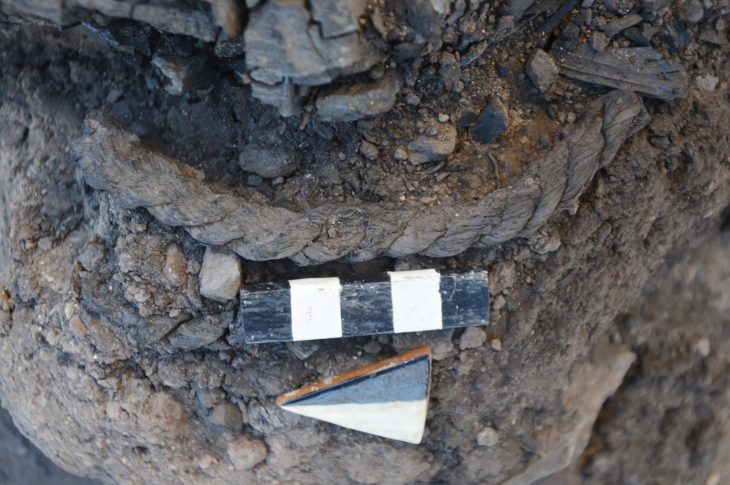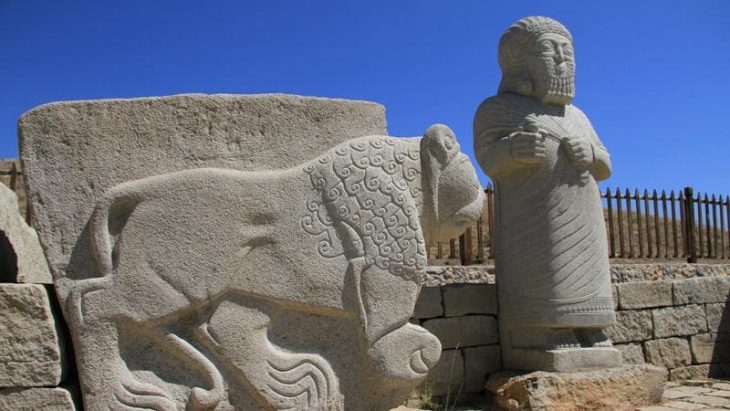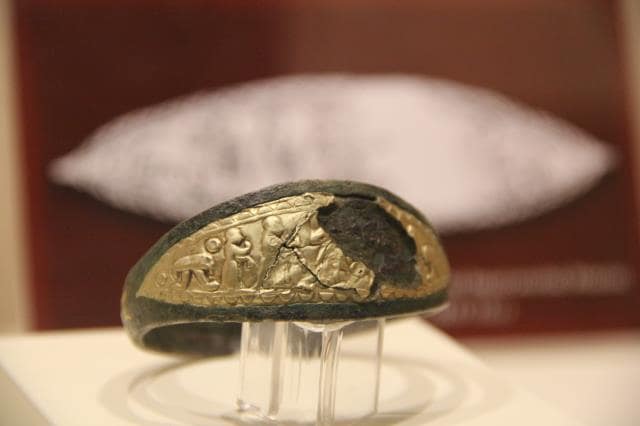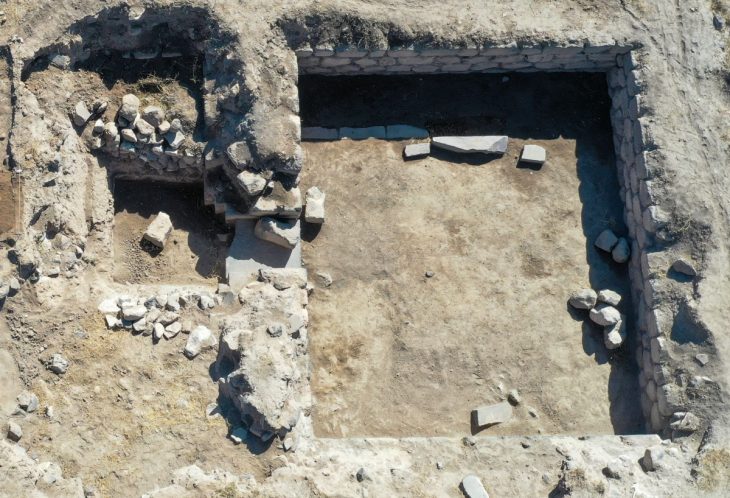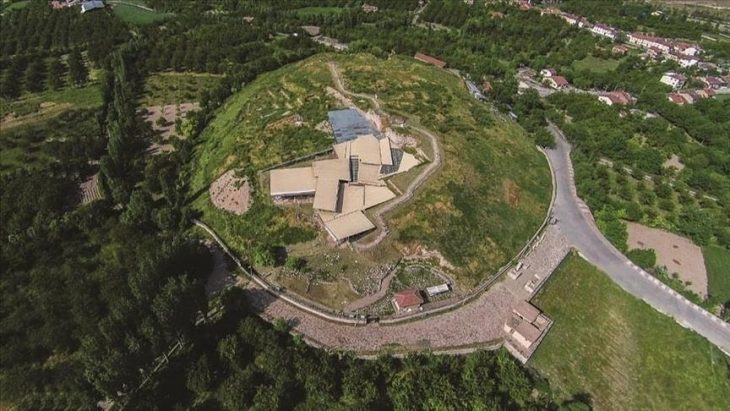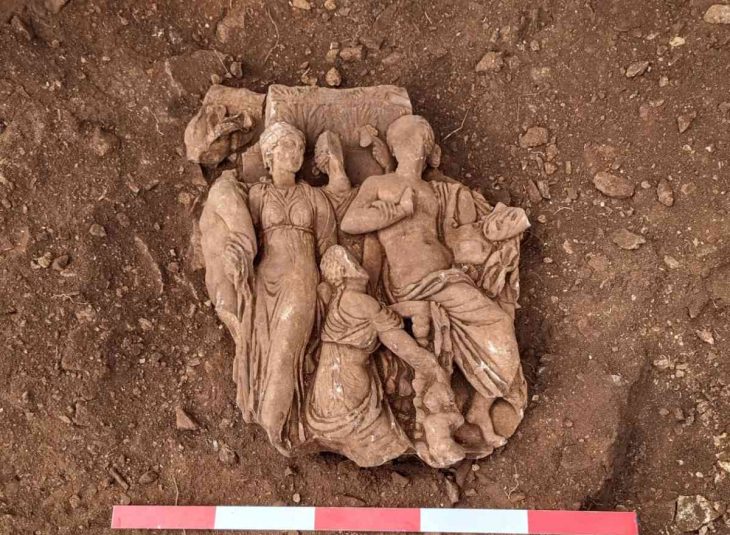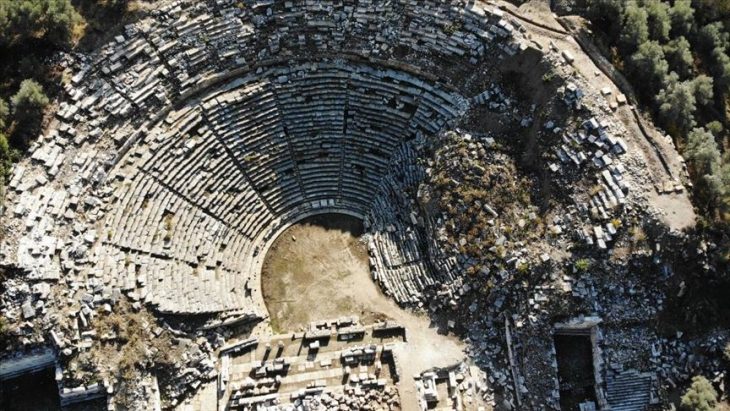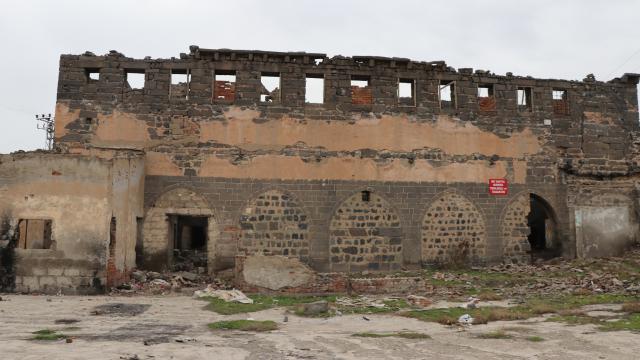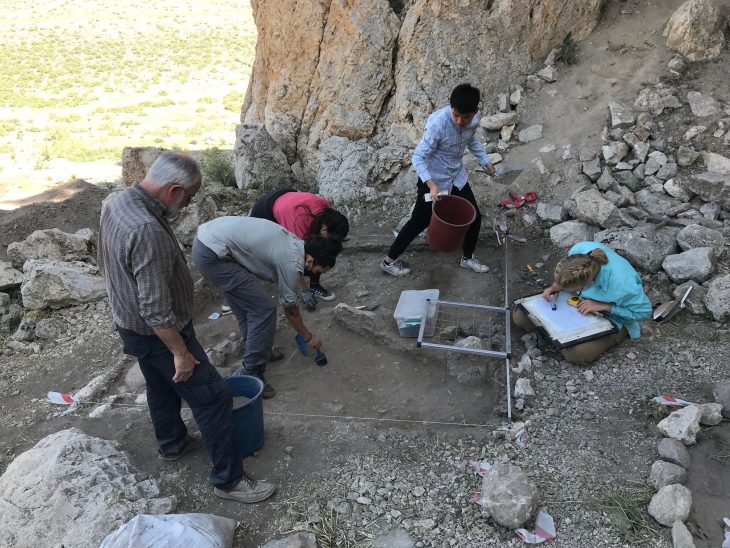Man is a being that lives in touch with nature. Spring is a season in which abundance gives many meanings to the beginning of new lives and abundance. Therefore; The arrival of spring was welcomed with celebrations, feasts, and sacrifice ceremonies. Celebrations differed according to the geography of the people. Each society celebrated the arrival of spring according to its own cultural values. It was a society that celebrated the arrival of spring in the Hittites. The Hittites welcomed the spring with the feast they called Purilli. Purilli Feast is known as a feast that includes meticulous rituals directed by the king.
It was very important to the Hittites not to annoy the gods
The Hittites, the owners of the state with a thousand gods, draw attention to the multiplicity and variety of the gods and their accompanying holidays. The Hittite pantheon was many and diverse, as the Hittite state respected and respect the gods of the states they conquered (as they feared the wrath of the gods) besides their own gods.
Most of the tablets in the archive room of the Great Temple unearthed in the capital Hattusa consist of religious texts. Everything from the duties and rituals of many people serving the gods, especially the priestly class, other temple officials, bakers, servants in charge of offerings, musicians, and clowns, were meticulously written on these tablets. Because the Hittites believed that the slightest mistake to be made in the worship of the Gods and religious celebrations would attract the wrath of the Gods. The wrath of the gods would bring defeat to the Hatti lands in plague, famine, and war.
The worship of the gods and religious festivals, which were so essential for the Hittites, were held with the personal participation of the king and queen, who were the chief priests. The king issued and followed regulations to celebrate religious holidays without the slightest hitch.
Purilli Feast celebrating the arrival of spring
We have said that all gods and holidays are important for the Hittites. But there is a holiday that; In our opinion, it has a different importance for the Hittites. The name of this holiday is Purilli Spring Festival.
Agriculture and animal husbandry constitute the basis of the Hittite economy. The revival of nature and its fertile awakening were very important for the Hittites. First of all, Tesup, the Storm God, and his son Telipinu, the Land God, should have been pleased with the arrival of spring. Telipinu in particular should not have been angered. Angering of Telipinu would cause nature to be offended, the sheep not to lamb, the fields, vineyards, houses to remain in fog. With the story of the lost God Telipinu, the Hittites were told us what happened.
With the arrival of spring, it increases sunlight and warmth. Nature awakens. The fields and gardens come alive. Animals become pregnant.
Spring means overcoming the fear of hunger for human beings and that the year will pass without fear and joy.
The Nevruz Festival that we celebrate on March 21 in Anatolia is a product of these ancient traditions. As its name suggests, Nevruz is the turning point where new, beauty and positive energies emerge.
In the Hittites, Nevruz was celebrated under the name Purilli. Purulli (ya) comes from the word pur-, which is a Hattian word. Purilli has meanings such as “earth, place, country”. On the cuneiform tablets this word appears as puruli-, purulli-, ṷuurulli-, puruliš-, ṷurulliya-, purulliya-, purulliyan, purulliyaš. It has meanings such as “house, temple” in the Hurri language. However, it is not known whether this word is related to the Purulli Festival in the Hittites in Hurrian society.
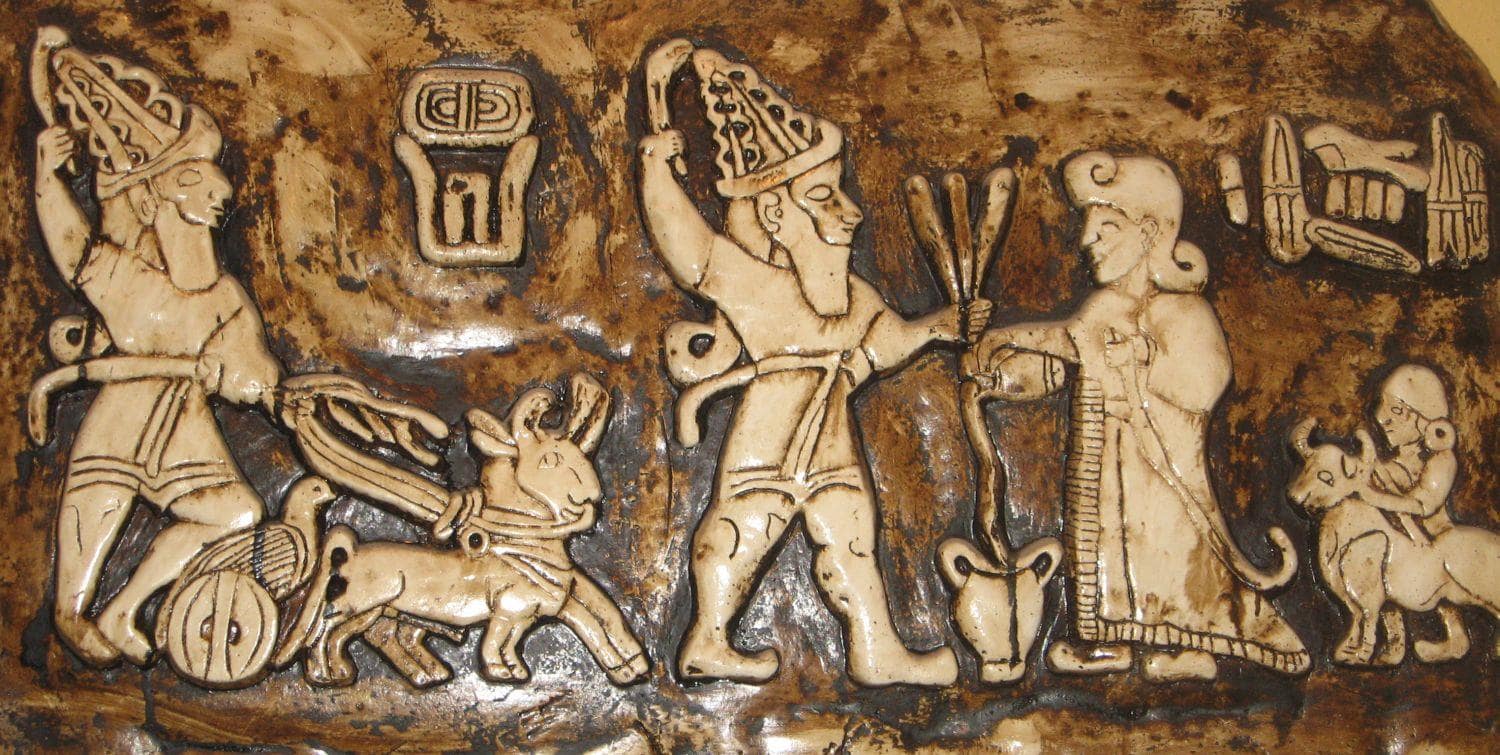
Purilli Feast was celebrated under the abbot of the Hittite king as every other holiday. On the tablets in the archives, it is known that magnificent ceremonies were held in the capital Hattusa for the Purilli Festival. According to Haas V., it is also known as the “purulli (ya) ritual of the city of Nerik” as the part where the king, which we can call the highest point of the feast rituals, is accepted by the gods, takes place in the city of Nerik. Again according to V. Haas; Since it was not a binding innovation during the Hittite Empire period, various parts of the holiday were included in the Feast of AN.TAḪ.ŠUMSAR. Bayram was divided into 9 years. According to the archive catalog of the city of Nerik on Purulli (ya) Feast (KUB 30.42 s. I 5-6), it consisted of 76, eid, 32 tablets, but none of these tablets have been recovered to this day. As the sources differ in time, the duration of the feast is calculated as averaged by means of reconstruction. Accordingly, the whole holiday lasts approximately 1 month, as suggested by V. Haas. Probably, given the available text materials, the king started his feast ceremony journey from its unchanging main point Ḫattuša’, then stopped by Taṷiniya and Ṷarkataṷi, from there to Zippalanda, although there was no definite road to Arinna, after Kaštama, the city of Nerik could be reached ( Tercan 2016: 14).
The following questions come to mind due to the fact that the holidays are included in Hattusa and the rituals performed in the other religious city, Nerik, in the tablets. Was Purilli Feast celebrated in other Hatti country cities? If so, how was it celebrated? The answer is not the tablets too currently available. However, we can imagine that the joy and peace brought by the warmth and warmth of spring should have been welcomed and celebrated by other city people.
Purilli Bayram celebrations could differ depending on the king of the period
In the Muvatalli period, the shortened form of the feast in honor of Telipinu is celebrated in the Utruna region. III. From the prophecy texts of the Ḫattušili period, it is seen that the city of Ḫakmiš (ša) / Ḫakpiš (ša) undertook the cult duty of this city during the periods when the city of Nerik was under the rule of the Kaška. But later, III. With the recapture of the city of Nerik in Ḫattušili, this city undertook the duty of the old cult during the purulli (ya) Feast, again in this period, with the influence of the queen Puduḫepa, gods such as Lavazantiya Šaušga, the gods of South Anatolia, were included in the feast ritual.
The king probably starts his journey to the purulli (ya) Bayram ceremony from Ḫattuša, stops at Taviniya and Warkatawi cities, can reach Zippalanda City, Arinna City, Kaštama City and finally Nerik City.
The prince was leading the Purulli (ya) Bayram ceremony for the God Telipinu in the cities of Kašḫa and Ḫanḫana for 6 days. The Illuyanka and Telipinu Myths are closely related to the Purulli (ya) Feast.
Source: 2016 Tercan, Betül, “HİTİTLERDE PURULLİ(YA) BAYRAMI” Yayınlanmamış Yüksek Lisans Tezi, Ankara.

